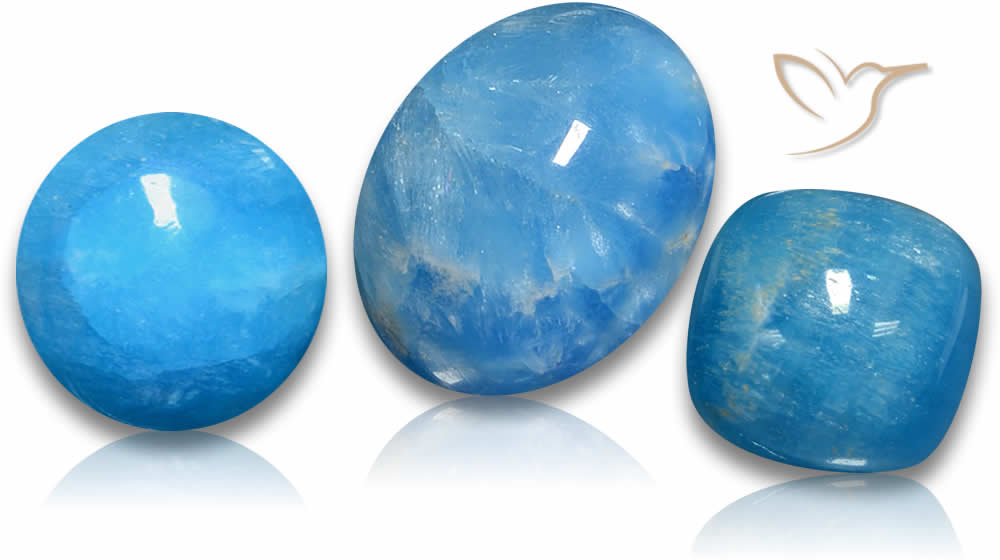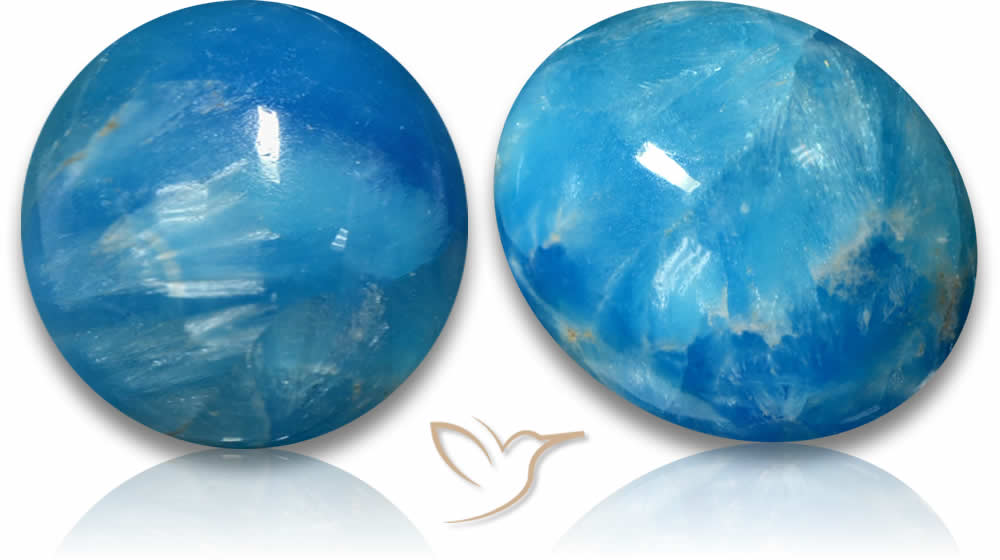Hemimorphite Gemstone: Nature’s Alluring Beauty

As gemstone enthusiasts, we are constantly in search of rare and unique gemstones to add to our collections. The Hemimorphite Gemstone is one such gem that stands out for its captivating beauty and healing properties.
Hemimorphite is a striking and relatively rare gemstone known for its captivating translucent to opaque appearance, often showcasing hues of blue, green, and colorless variations. This unique mineral, a zinc silicate, is prized not only for its aesthetic beauty but also for its fascinating crystal structure, which gives it an angular, distinct form.
Historically, blue hemimorphite has been valued for both its ornamental uses and its metaphysical properties, believed to promote healing and emotional balance. In this article, we will delve into the origins, characteristics, and uses of hemimorphite, highlighting why this gemstone continues to intrigue collectors, gem enthusiasts, and those seeking its potential therapeutic benefits.
View our current stock of Hemimorphite Gemstones for sale here.
Key Takeaways:
- Hemimorphite Gemstone is a rarity due to its unique characteristics
- Its attraction is enhanced by its natural beauty ranging from vibrant blue to pale green.
- The Hemimorphite Gemstone is highly coveted by gemstone enthusiasts and collectors.
- It possesses healing properties that are beneficial for both the mind and body.
Understanding Hemimorphite Gemstone
The Hemimorphite Gemstone is an incredibly unique gemstone that is formed from zinc ore. Its structure is characterized by distinctive crystal formations that give it a beautiful and captivating appearance.
There are several types of Hemimorphite that differ in appearance and composition. Some of the most popular types include:
- Blue Hemimorphite: characterized by its stunning blue color and believed to promote emotional healing and self-discovery.
- Yellow Hemimorphite: a bright and sunny gemstone that is believed to promote positivity and aid in communication.
- Green Hemimorphite: a rare and stunning gemstone that is thought to provide a sense of calm and tranquility.
- White Hemimorphite: a pure and pristine gemstone that is said to encourage spiritual growth and enlightenment.
Regardless of its type, Hemimorphite is considered a standout gemstone for its fascinating properties and elegant appearance.
The Enchanting Beauty of Hemimorphite Gemstone
Hemimorphite Gemstone is a true beauty of nature and is known for its unique features. However, its radiance and charm are heightened when it is crafted into stunning jewelry pieces. Hemimorphite jewelry brings out the elegance, uniqueness, and natural allure of the gemstone. It is no wonder why Hemimorphite jewelry is highly sought after by gemstone enthusiasts and is often considered a prized possession.
There are various designs of Hemimorphite jewelry, each highlighting the exceptional properties of the gemstone. Some of the most popular Hemimorphite jewelry designs include necklaces, bracelets, rings, and earrings. Its natural blue and green hues add a distinctive touch to any ensemble, making it the perfect accessory to complement trendy or classic looks.
Hemimorphite's beauty and rarity make it a great alternative to traditional gemstones, providing a unique fashion statement. The gemstone's aesthetic, worldwide demand and limited availability are some of the main reasons why it is placed in a high price category. However, investing in Hemimorphite jewelry is a sound decision as the gemstone is considered to be a valuable addition to any gemstone collection.
Unveiling the Healing Properties of Hemimorphite Gemstone
At our core, we all yearn for balance and a sense of inner peace. Hemimorphite Gemstone is believed to have powerful gemstone healing properties that can benefit both the mind and body. Let’s explore some of the ways that Hemimorphite can enhance your well-being.
Emotional Healing
Hemimorphite Gemstone is thought to promote emotional healing by providing a soothing and calming effect. It is said to help release emotional blockages, promote forgiveness and self-love, and ease feelings of anxiety and depression. Hemimorphite Gemstone is also believed to improve one’s mood and foster a more positive outlook on life.
Enhanced Communication Skills
Hemimorphite Gemstone's gemstone healing properties are also thought to enhance communication skills. It is believed to help one speak from the heart with more clarity and confidence. Hemimorphite is said to improve verbal communication by allowing one to speak truthfully and from a place of authenticity, while also promoting active listening skills.
Inner Peace
Finally, Hemimorphite Gemstone is thought to bring a sense of inner peace and calmness to those who wear it. It is said to help one connect more fully with one’s soul, which can reduce feelings of restlessness and anxiety. Hemimorphite Gemstone is also believed to calm the mind and promote a more peaceful and centered state of being.
Overall, the Hemimorphite Gemstone offers a range of gemstone healing properties that are said to benefit the mind, body, and spirit. With its enchanting beauty and potential for promoting emotional healing, enhanced communication skills, and inner peace, it is a gemstone that deserves a place in any gemstone collection.
Hemimorphite Gemstone: A Gemstone Enthusiast's Delight
Attracting gemstone enthusiasts worldwide, Hemimorphite Gemstone is a rare and unique beauty. Its distinctive properties and characteristics make it a highly sought-after addition to any gemstone collection, treasured for its striking beauty and significance among collectors.
Hemimorphite Gemstone's natural allure captures the hearts of gemstone lovers, drawing them into a world of beauty. Its rarity and unique appeal make it a must-have for avid gemstone enthusiasts, eager to explore its mesmerizing beauty and discover its hidden secrets.
For gemstone collectors and connoisseurs, Hemimorphite stone holds a significant place in their collections. Its distinct properties and exceptional features make it a standout gemstone, cherished for its ability to evoke emotions, inspire creativity and promote inner peace.
Whether seeking to infuse positive energy into one's life or simply admiring its natural elegance, Hemimorphite Gemstone is a timeless beauty that captures the hearts and minds of all who encounter it.

Conclusion
As we conclude our exploration of the Hemimorphite gemstone, we have come to appreciate its captivating beauty, unique qualities, and healing properties. This gemstone is truly a must-have addition to any gemstone collection, prized for its rarity and appeal among enthusiasts.
From its mesmerizing beauty when crafted into jewelry to its potential to promote emotional healing and enhance communication skills, Hemimorphite Gemstone stands out among other gemstones for its exceptional characteristics. Its composition and structure, as well as the different types available, make it an intriguing stone to study and admire.
Whether you are a seasoned collector or just starting to build your gemstone collection, Hemimorphite Gemstone is a valuable addition that should not be overlooked. Its allure and unique properties make it a gemstone that is sure to stand the test of time.
FAQ
What is Hemimorphite Gemstone?
Hemimorphite is an extremely rare gem-quality form of the beautiful mineral zinc silicate. It is known for its alluring beauty and unique properties. It is often used in jewelry and is highly valued by gemstone enthusiasts.
What is the hardness of Hemimorphite Gemstone?
Hemimorphite Gemstone has a hardness of 5 on the Mohs scale.
Where is Hemimorphite Gemstone found?
Hemimorphite Gemstone Hemimorphite can be found in many areas of the world, but very few deposits yield gemstone quality materials. Some of the most significant deposits are from Vieille Montagne, Belgium and Aachen, Germany. Other notable origins include Algeria, Australia, Austria, England, Italy, Mexico, Poland, Russia (Siberia), Thailand, the Congo, Namibia, Madagascar and the United States, including Pennsylvania, Montana, Colorado and New Mexico.
What are the healing properties of Hemimorphite Gemstone?
Hemimorphite Gemstone is believed to have various healing properties. It is said to promote emotional healing, enhance communication skills, and bring a sense of inner peace.
What are the types of Hemimorphite Gemstone?
There are different types of Hemimorphite Gemstone, including blue hemimorphite, white hemimorphite, and green hemimorphite. Each type has its own unique characteristics and appearance.
Can Hemimorphite Gemstone be used for jewelry?
Yes, Hemimorphite Gemstone is often crafted into beautiful jewelry pieces. Its enchanting beauty adds a unique touch to any ensemble and makes it a popular choice among jewelry lovers.
Why is Hemimorphite Gemstone cherished by gemstone enthusiasts?
Hemimorphite Gemstone is beloved by gemstone enthusiasts for its rarity and unique appeal. It is highly valued for its captivating beauty and is considered a valuable addition to any gemstone collection.

